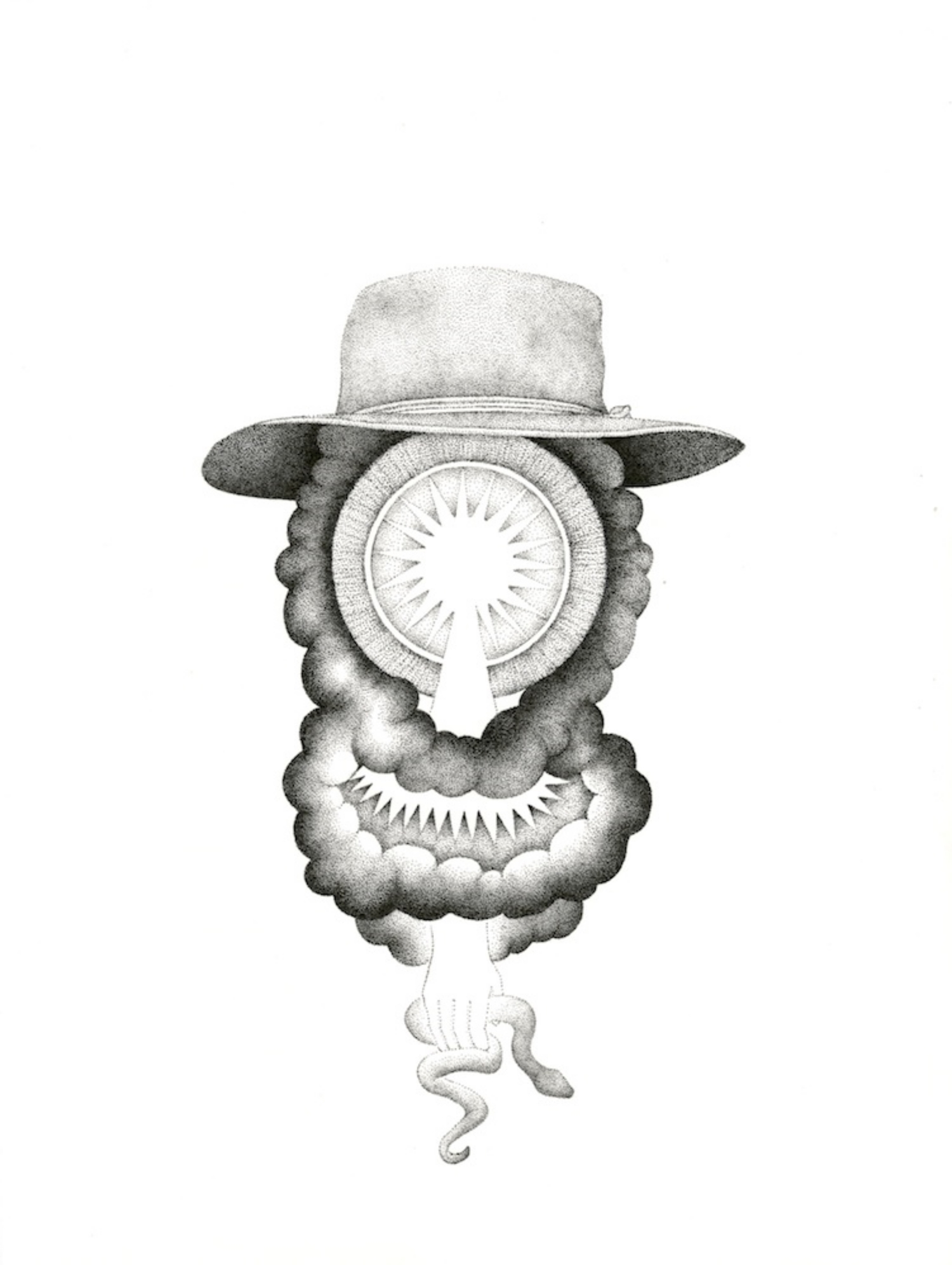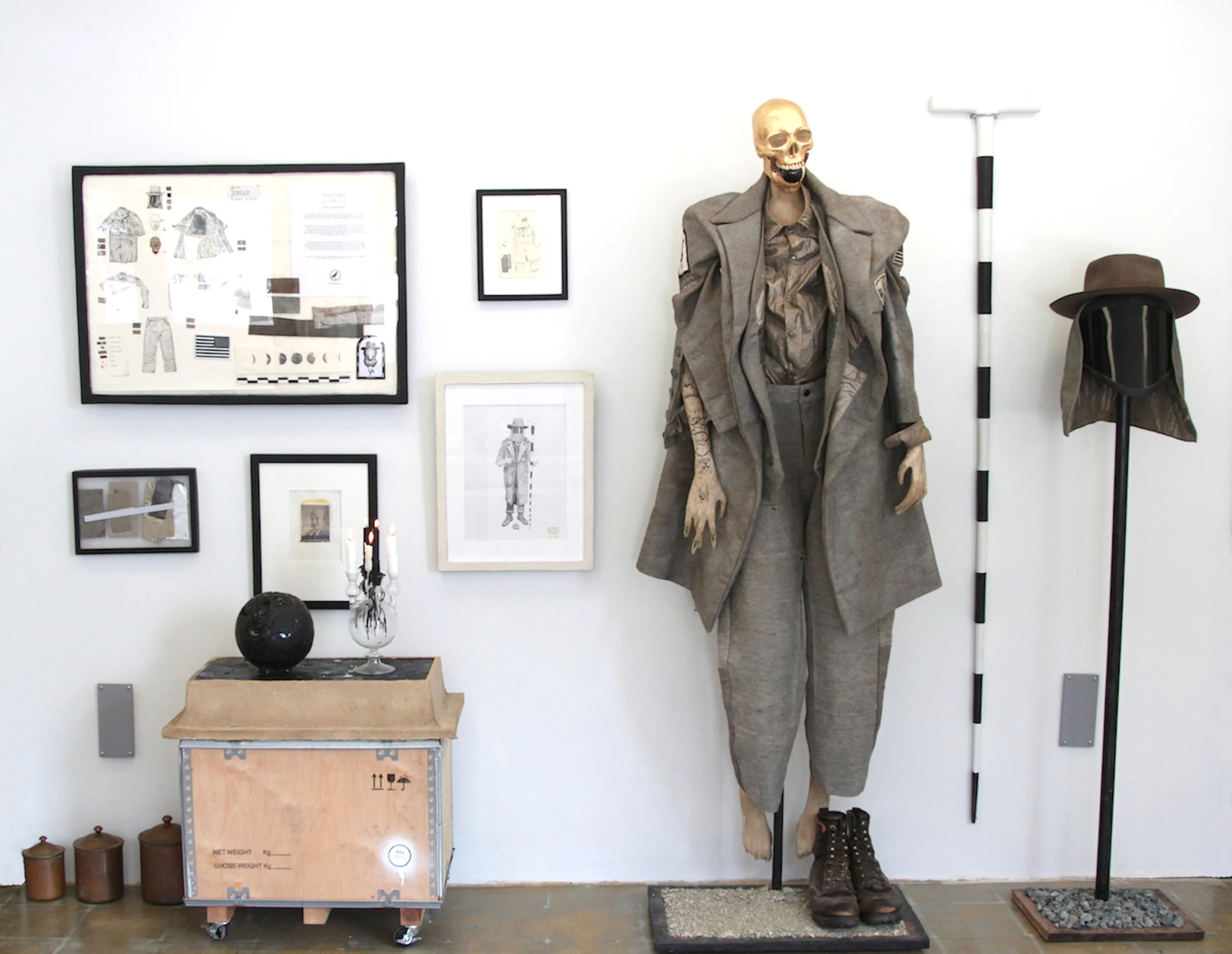The Atomic Priesthood Project (APHP) is an ongoing multidisciplinary project illustrating the relationship(s) between humans and deep time through the culture of nuclear waste stewardship. Initially conceived by Thomas Sebeok and Alvin Weinberg, The Atomic Priesthood was a proposed system of communicating the history, infrastructures, and science of nuclear waste materials on geologic timescales through the use of ritual, allegory, and superstition.
Radioactive waste materials remain volatile to organic life for tens of thousands of years in the near term, millions of years on the far end. These materials, the history of their creation, and the infrastructures necessary for their containment will require stewardship of relevant information in order to protect endemic and pandemic populations from contamination and contact from highly radioactive (hi-rad) substances. The system(s) employed to communicate this array of information must create conditions whereby corruption and decay of the information itself is minimized. A proposed group of individuals in every generation would self-select members to retain, elaborate, and perform the information mythologies of these sites and the materials within.
Sebeok elaborates on the Priesthood methodology in Communication Measures to Bridge Ten Millennia:
“The legend-and-ritual, as now envisaged, would be tantamount to laying a ‘false trail’; meaning that the uninitiated will be steered away from the hazardous site(s) for reasons other than the scientific knowledge of the possibility of radiation…"
The Atomic Priesthood Project (APHP) exists as an open-ended archive of materials, symbols, and rituals designed collaboratively amongst artists, designers, and craftsmen to expand conversations around human interactions with time and ecology.

